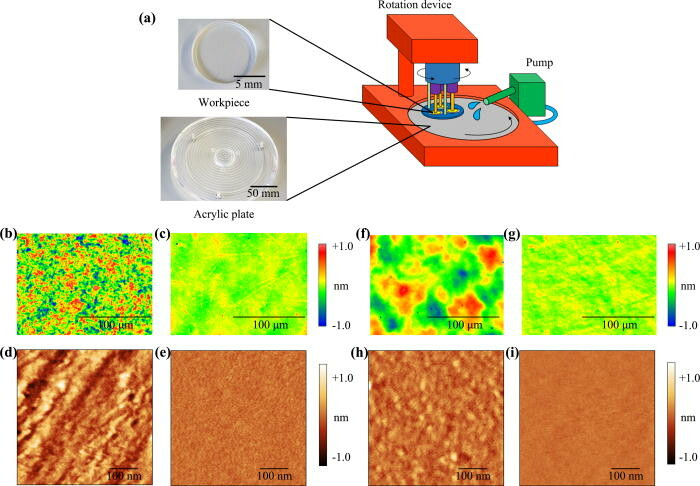Share this
Authors
Hiroaki Jinno, Sunil B Shivarudraiah, Rasmussen Asbjörn, Gianluca Vagli, Tommaso Marcato, Felix Thomas Eickemeyer, Lukas Pfeifer, Tomoyuki Yokota, Takao Someya, Chih-Jen Shih
Abstract
Self-powered skin optoelectronics fabricated on ultrathin polymer films is emerging as one of the most promising components for the next-generation Internet of Things (IoT) technology. However, a longstanding challenge is the device underperformance owing to the low process temperature of polymer substrates. In addition, broadband electroluminescence (EL) based on organic or polymer semiconductors inevitably suffers from periodic spectral distortion due to Fabry-Pérot (FP) interference upon substrate bending, preventing advanced applications. Here, we present ultraflexible skin optoelectronics integrating high-performance solar cells and monochromatic light-emitting diodes using solution-processed perovskite semiconductors. We demonstrate n-i-p perovskite solar cells and perovskite nanocrystal light-emitting diodes (PNC-LEDs), with power-conversion and current efficiencies of 18.2% and 15.2 cd A−1, respectively, on ultrathin polymer substrates with high thermal stability, which is a record-high efficiency for ultraflexible perovskite solar cell. The narrowband EL with a full width at half-maximum of 23 nm successfully eliminates FP interference, yielding bending-insensitive spectra even under 50% of mechanical compression. Photo-plethysmography using our skin optoelectronic device demonstrated a signal selectivity of 98.2% at 87 bpm pulse. The results presented here pave the way to inexpensive and high-performance ultrathin optoelectronics for self-powered applications such as wearable displays and indoor IoT sensors.
Advanced Materials: https://onlinelibrary.wiley.com/doi/10.1002/adma.202304604
These Related Stories


